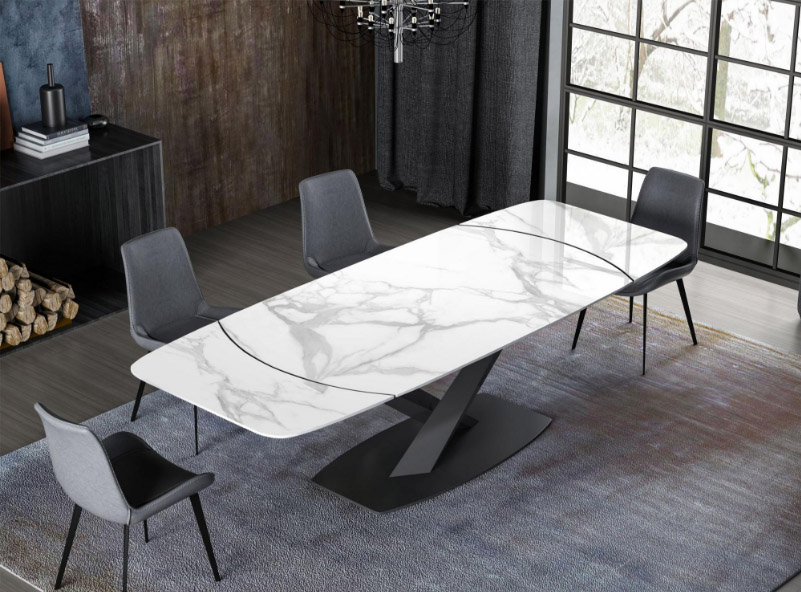With the rapid development of the global economy, the demand for building materials in real estate is increasing. However, in this process, environmental issues and resource shortages have triggered the society's attention to sustainable development. The future building materials industry will not only need to pay attention to product quality and cost, but also need to consider environmental protection and resource recycling.
1. Green environmental protection becomes the mainstream
As an important part of sustainable development, green building materials are increasingly used in construction projects. Such materials can not only improve the energy efficiency of buildings, but also be environmentally friendly. Common environmentally friendly building materials include recycled concrete, environmentally friendly coatings, and low-energy tiles. These materials help reduce carbon release during construction and promote zero-energy development.

2. The rise of smart building materials
Intelligent technology is gradually penetrating into the building materials industry. With the development of the Internet of Things and artificial intelligence, smart building materials are beginning to emerge in the market. Such materials can be combined with smart building systems to monitor the structural condition and energy usage of buildings in real time. For example, concrete or wall materials with sensors can provide real-time feedback on the health status of the building, helping us to detect potential problems and perform maintenance in a timely manner.
3. Sustainable supply chain and circular economy
The future building materials industry should not only pay attention to the environmental protection of the materials themselves, but also pay attention to the sustainable output of the supply chain. From raw material acquisition to production and processing, to transportation and processing, each link needs to be optimized to reduce the impact on the environment. Some companies have begun to adopt a circular economy model to recycle and reuse waste materials and reduce resource waste. This helps protect the environment and can also reduce corporate costs.
Conclusion
The building materials industry will begin to change in the next few years. Sustainability and technological innovation are the two key factors driving the development of the industry. With the continuous development of environmentally friendly building materials and intelligent building materials, future buildings will be more environmentally friendly. We just need to embrace this changing trend to gain a favorable position in the fiercely competitive market.

